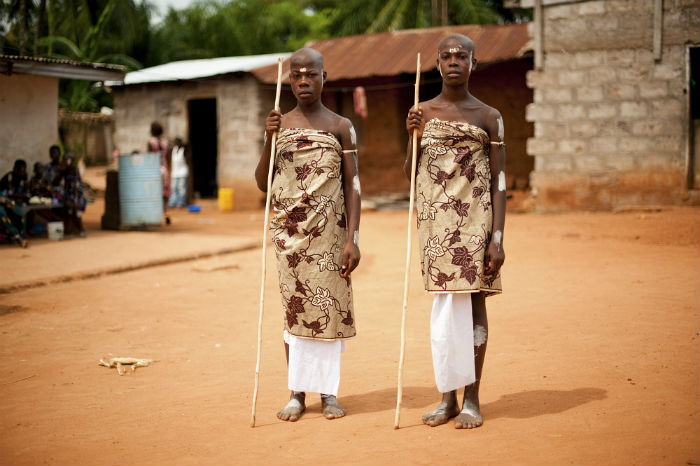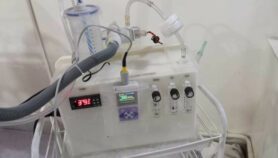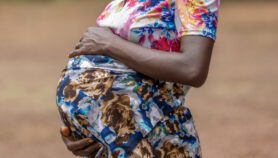By: Gilbert Nakweya
Send to a friend
The details you provide on this page will not be used to send unsolicited email, and will not be sold to a 3rd party. See privacy policy.
[NAIROBI] A new report has called for an accelerated action to tackle issues that affect adolescents, especially in regions of the world such as Sub-Saharan Africa with high number of adolescent deaths.
According to the report released last week (16 May) by the World Health Organization (WHO), lower respiratory infections, suicide and road traffic injuries are the leading causes of death among adolescents worldwide, especially in Sub-Saharan Africa.
The report adds that more than 3,000 adolescents worldwide die unnecessarily every day from preventable causes. In 2015, nearly two-thirds of these deaths occurred in low- and middle-income countries, with 45 per cent and 26 per cent of the deaths occurring in Africa and South-East Asia respectively.
“Sub-Saharan Africa should intensify their efforts to better address issues that affect the health of adolescents.”
Simplice Mbola Mbassi, WHO’s Regional Office for Africa
The report, which includes more than 50 case studies highlighting actions being implemented in countries such as Burkina Faso, Brazil, Chad, Cote d’Ivoire, Mauritania, Mali, Niger, Rwanda and South Africa, was coordinated by the WHO in collaboration with adolescents and several experts in many institutions including academic institutions, UN agencies, ministries of health and non-governmental organisations.
Simplice Mbola Mbassi, a member of the WHO working group that helped create the report, tells SciDev.Net: “Sub-Saharan Africa should intensify their efforts to better address issues that affect the health of adolescents and youth as well as their development.”
Mbassi, who is a technical officer in charge of adolescent health at the WHO’s Regional Office for Africa, explains that to realise the UN’s Agenda 2030 on sustainable development, adolescents need to be put at the centre of countries’ agenda in order to promote healthy behaviours and foster their access to education, employment and health services.
“All actions need to be taken under the leadership of the health sector in order to reach adolescents in or outside schools with comprehensive health services,” says Mbassi. “It is urgent to invest more in adolescents’ health because this will bring a triple dividend of health benefits for young people.”
He notes that it is imperative for countries in Sub-Sahara Africa to review or develop policies and strategies in order to align them with the global strategy for addressing the health of women, children and adolescents.
Among the actions the report highlights to tackle adolescent health issues are adolescent leadership and participation in health programming, funding adolescent health priorities in national health plans, and ensuring financial risk protection of adolescents.
Sobbie Mulindi, a senior lecturer at Kenya’s University of Nairobi’s School of Medicine, says that Sub-Saharan Africa needs to train more psychologists and family therapists to help prevent such deaths.Mulindi, a former director of Kenya’s National AIDS Control Council, tells SciDev.Net that increased capacity building in early childhood development for teachers and parents could be key in addressing adolescent health problems.
“A lot of controversies surrounding implementation of policies in this area such as religious and morality concerns should be reduced to help our young people,” said Mulindi, adding that adolescent sexual health should be incorporated in school curriculums across the continent to help prevent sexually-related deaths.
This piece was produced by SciDev.Net’s Sub-Saharan Africa English desk.
References
Global accelerated action for the health of adolescents (AA-HA!): guidance to support country implementation (World Health Organization, 2017)














